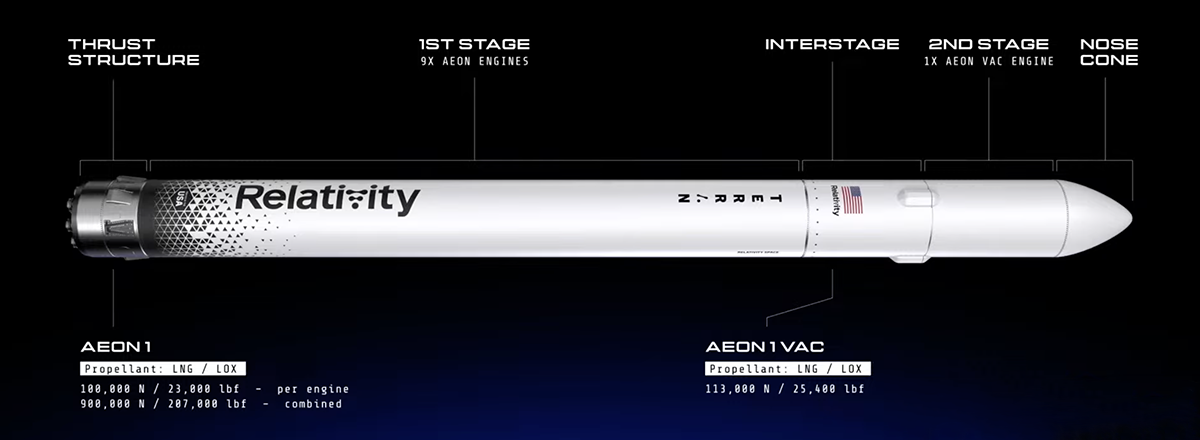Relativity Space Launched the World's First 3D-Printed Rocket into Space
Terran 1 failed to reach orbit in its test flight, but it represents a significant achievement. First-launch failures happen quite often and help gather valuable data for future developments and missions.

California-based aerospace startup Relativity Space has launched the world's first almost entirely 3D-printed rocket on a test flight into space, but the vehicle failed to reach orbit. However, this flight will still help collect data for future developments and flights.
The rocket, called Terran 1, was launched from Florida's Cape Canaveral Space Force Station, and the test mission was called "Good Luck, Have Fun."
Today’s launch proved Relativity’s 3D-printed rocket technologies that will enable our next vehicle, Terran R. We successfully made it through Max-Q, the highest stress state on our printed structures. This is the biggest proof point for our novel additive manufacturing approach.… pic.twitter.com/9iaFVwYoqe
— Relativity Space (@relativityspace) March 23, 2023
At first, everything went according to plan. The rocket survived Max-Q, the point of greatest aerodynamic pressure on the rocket body, and its first stage successfully separated. But shortly after that, about three minutes into the flight, something went wrong, and the upper stage appeared to ignite and then shut down.
This first Terran 1 rocket consisted of about 85% printed parts, but the company aims to increase this share to about 95%. There was no payload aboard the test flight except for a small 3D-printed ring that served as a memento.
Relativity Space aims to launch relatively small payloads using the two-stage Terran 1. Even though the 110-foot (33-meter) tall rocket is quite small, it is capable of delivering up to 1,250 kilograms to low Earth orbit, according to Relativity Space.
In the future, the company plans to create a reusable Terran R rocket, which is designed to deliver up to 20,000 kg to low Earth orbit.

